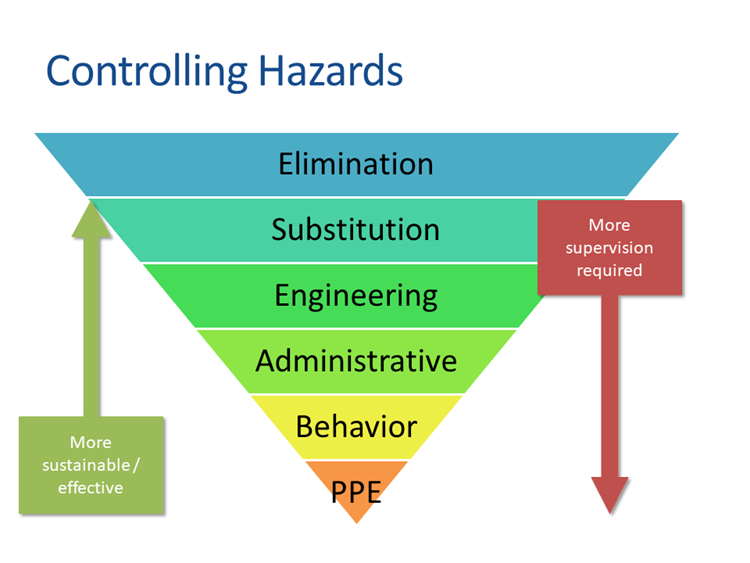Risk Management Process Series: Risk Controls
In the last article, we discussed that the first step of the risk management process is to identify and assess each of your risks. By now, you should have identified the likelihood and severity of your risk exposures and evaluated your organization's risk tolerance.
Now we’ll explore different options for addressing identified risks.
Whether you are addressing a task list from a recent safety inspection, or evaluating a new program, your options for dealing with potential risk can best be analyzed using the four risk controls: acceptance, avoidance, transfer and mitigation.
Risk Acceptance
Although not a true control, you may accept the risk when the severity and likelihood of the risk is insignificant.
Risk Avoidance
If you determine that the severity of the hazard and the likelihood of it happening are more than your district can stomach, you will not proceed with the activity.
Risk Transfer
If you determine the risk is too great, but the underlying activity is a necessary function, the control for you might be risk transfer. Typically, this refers to transferring the risk to a third party. This might look like hiring a contractor or having insurance to cover the exposure.
Risk Mitigation
This option involves taking steps to lessen the likelihood and/or the severity of the hazard. This may include things like putting policies, procedures and plans into place. For instance, if your organization experiences an earthquake, you may have a contingency plan that outlines everyone’s roles, priorities and tasks to get back up and running quickly, thereby minimizing the amount of downtime your district experiences.
Risk mitigation could involve putting a preventative and predictive maintenance program into place to ensure all systems, equipment, and buildings are receiving their required maintenance and replacement on a regular schedule.
Additionally, you may consider utilizing the hierarchy of controls. The hierarchy of controls outlines what controls are the most effective (eliminating the hazard) to least effective (personal protective equipment). By utilizing the hierarchy, you can determine what options you have for mitigating the hazard and which would be the most effective.

With these risk controls in mind, you’re ready for the next step of the risk management process – risk implementation.
If you would like assistance with mitigating the hazards in your workplace, please reach out to the Risk Management Department at riskmanagement@sdao.com or 800-285-5461.
